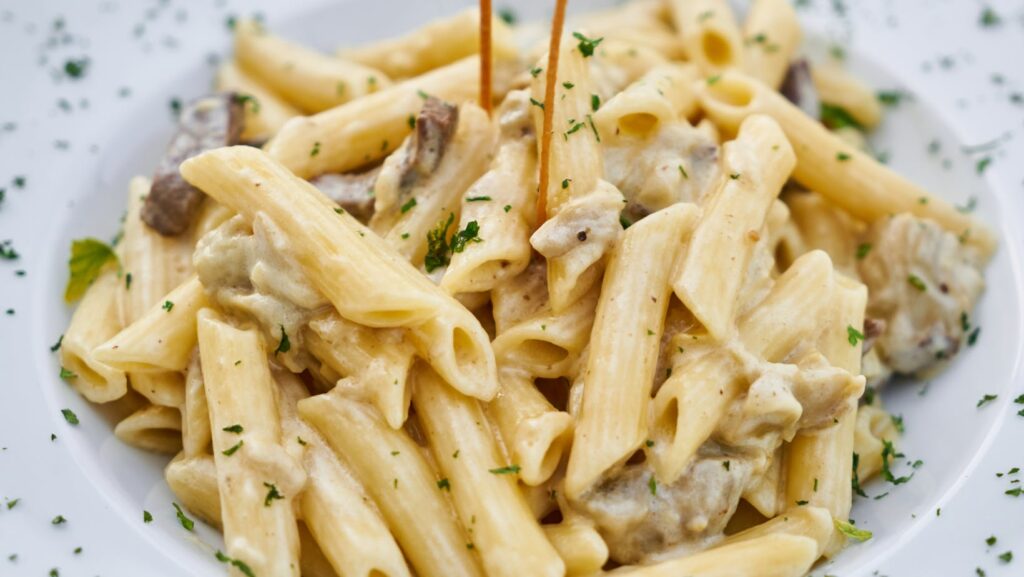Imagine journeying through a rich culinary landscape, laden with tantalizing aromas and flavors that have evolved over centuries. That’s the world of Italian cuisine, a gastronomic treasure trove with a history as vibrant as its dishes.
From the hearty lasagna of Emilia-Romagna to the delectable cannoli of Sicily, Italian food is a testament to the country’s diverse cultural influences and culinary ingenuity. But how did it all start? And how did Italian food become a global phenomenon?
History Of Italian Food
Embark now on the journey deeper, into the history of Italian food.
Influence of Ancient Civilizations
Dating back to antiquity, the roots of Italian cuisine lay solid and unwavering. Immerse yourself in its ancient past to better comprehend the flavors that tantalize your taste buds today. Italian fare didn’t just spring up; it evolved, heavily influenced by prevailing civilizations.
Trace back to the Greeks who planted olive trees and vine shoots, ingraining the use of olive oil and wine in Italian cooking. Then came the Romans, bringing techniques like frying and grilling. They introduced preserved foods, bread, and the usage of spices—crediting the explosion of flavors in countless Italian dishes.
Take into consideration the Middle Ages where Arab influences pushed pasta to the forefront of Italian cuisine. It’s their introduction of durum wheat that gifted the world with the joys of Italian spaghetti and lasagna.
Understand that richer, heavier foods, such as meat dishes and pastries, grew popular during the Renaissance. Influences from this era are evident in modern Italian cuisine with the diversity of food, right from street snacks to lavish dishes.

Key Ingredients That Shaped Italian Food
In the broad scope of Italian cuisine’s evolution, certain key ingredients stand out. These ingredients transformed Italian recipes, adding distinctive flavors and aromas that are now revered worldwide.
The Introduction of Tomatoes
The tomato, now emblematic of Italian cooking, came to Italy only in the 16th century, a gift from the New World. Initially met with suspicion, Italians eventually warmed up to its vibrant color and rich texture. Today, you’d be hard-pressed to find a pasta sauce, a pizza, or a minestrone soup, sans the ruby-red ingredient. The Neapolitan pizza, for instance, prominently features tomato sauce – an essential aspect of its certification by VPN (Verace Pizza Napoletana), an authoritative body maintaining the purity and tradition of Neapolitan pizza.
Olive Oil, Garlic, and Herbs
Olive oil, garlic, and herbs were among the pioneering ingredients in Italian food, setting the stage for its historical evolution. Olive oil, an artifact from the Greek and Roman civilizations, remains a cornerstone of Italian cuisine. It’s used both as a cooking medium and a subtle flavor enhancer, drizzled over dishes just before serving. Garlic, with its significant antibacterial properties, made a lasting impression in Italian kitchens as a flavor powerhouse. Simultaneously, herbs such as basil, rosemary, thyme, and oregano added aromatic notes that still mark many traditional dishes. An illustration is the classic Aglio e Olio – a quintessential pasta dish made with garlic (aglio) and olive oil (olio), occasionally garnished with parsley and red chili flakes.

Italian Food in the Americas
Italian cuisine’s journey across the Atlantic is a tale of immigrants holding tightly to their food traditions, successively turning these cherished recipes into American staples. In the 1800s, significant numbers of Italians headed towards the Americas, particularly the U.S., taking with them their culinary gems.
Pizza is a prime example. Originally a straightforward and rustic meal from Naples, it didn’t take long for it to become a beloved comfort food, so much so that it’s often seen as an American dish. Pizza chains like Pizza Hut and Domino’s, omnipresent in the American food landscape, originate from a single pizza recipe, first brought over by Italian immigrants.
Pasta dishes, too, found their spot in American culinary traditions. Macaroni and cheese, although British in origin, saw its bit of Italian influence when Thomas Jefferson brought pasta to the U.S. after a trip to Italy.
It’s the adaptability and versatility of Italian dishes that keep them relevant and loved. As you savor your next slice of pizza or twirl of pasta, remember the remarkable journey of Italian food – a journey that’s far from over.
